Several new stories about the history of life here on Earth have caught my attention. One concerns the discovery of a fossil creature from the Cambrian period when animals with hard parts first evolved and that links together two groups of the huge phylum the Arthropods. The other two are studies of two important groups of animals, one a little known family of dinosaurs while the other concerns the origins of a very important family of insects, the bees. As usual I will discuss the oldest fossil animal first and then go forward in time.
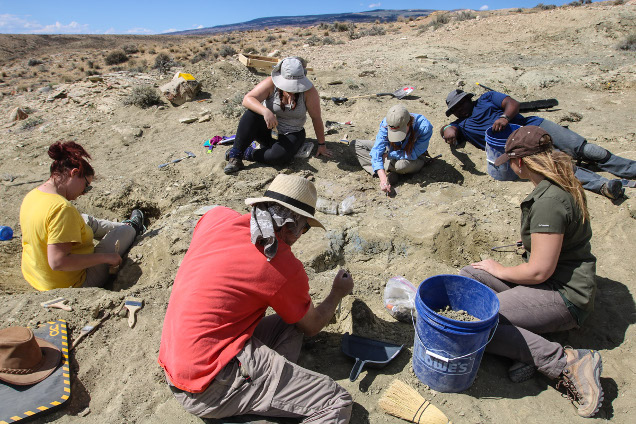
As far as we can tell the Arthropods have been the largest and most diverse grouping of animals going all the way back to the very first animals with hard parts. While the name Arthropod means ‘jointed leg’ the Arthropods are also known for their hard exoskeletons and segmented bodies.
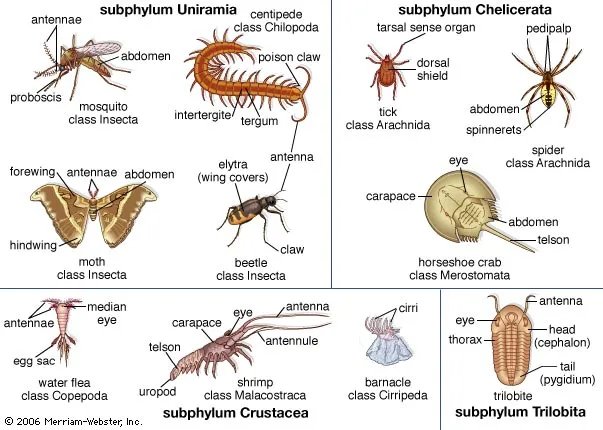
Earth’s ancient oceans were filled with arthropods like the trilobites, the Eurypterids or water scorpions and horseshoe crabs just as today’s are filled with shrimp, lobsters and crabs. In the early Cambrian period, (520 to 550) million years ago there was a lot more experimentation going on in evolution as illustrated by some of the ‘weird wonders’ that have been discovered at the famous Burgess Shale in British Columbia.
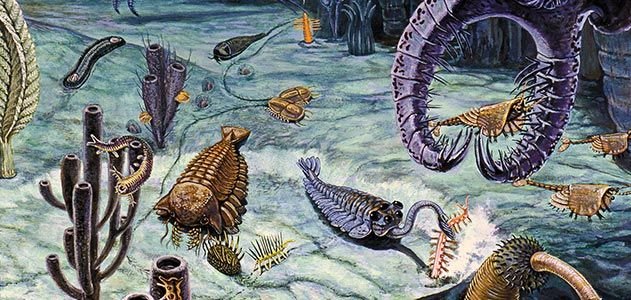
Another fossil site where strange creatures from the Cambrian period have been discovered is outside the town of Chengjiang in China’s southern Yunnan Province. Recently a new species of shrimp like Arthropod has been discovered there that truly is a ‘weird wonder’ but which shows characteristics of two different groups of Arthropods and therefore serves as something of a missing link between them.
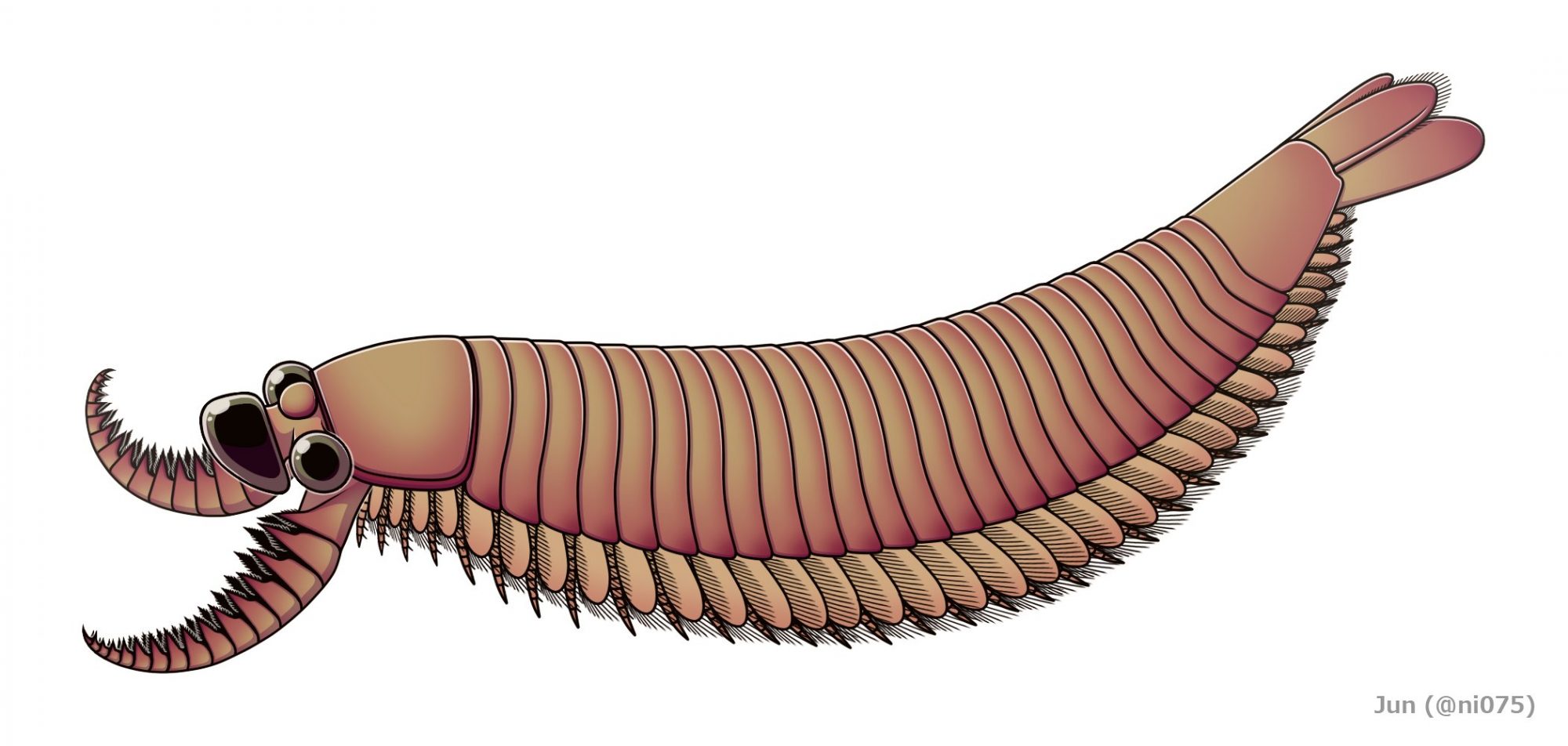
The animal has been given the name of Kylinxia zhangi and measures about 5 cm in length by 1.2 cm in width. While the body resembles that of a modern shrimp K zhangi possesses two large grasping appendages at it’s front and three large compound eyes on its head, that’s right three eyes!
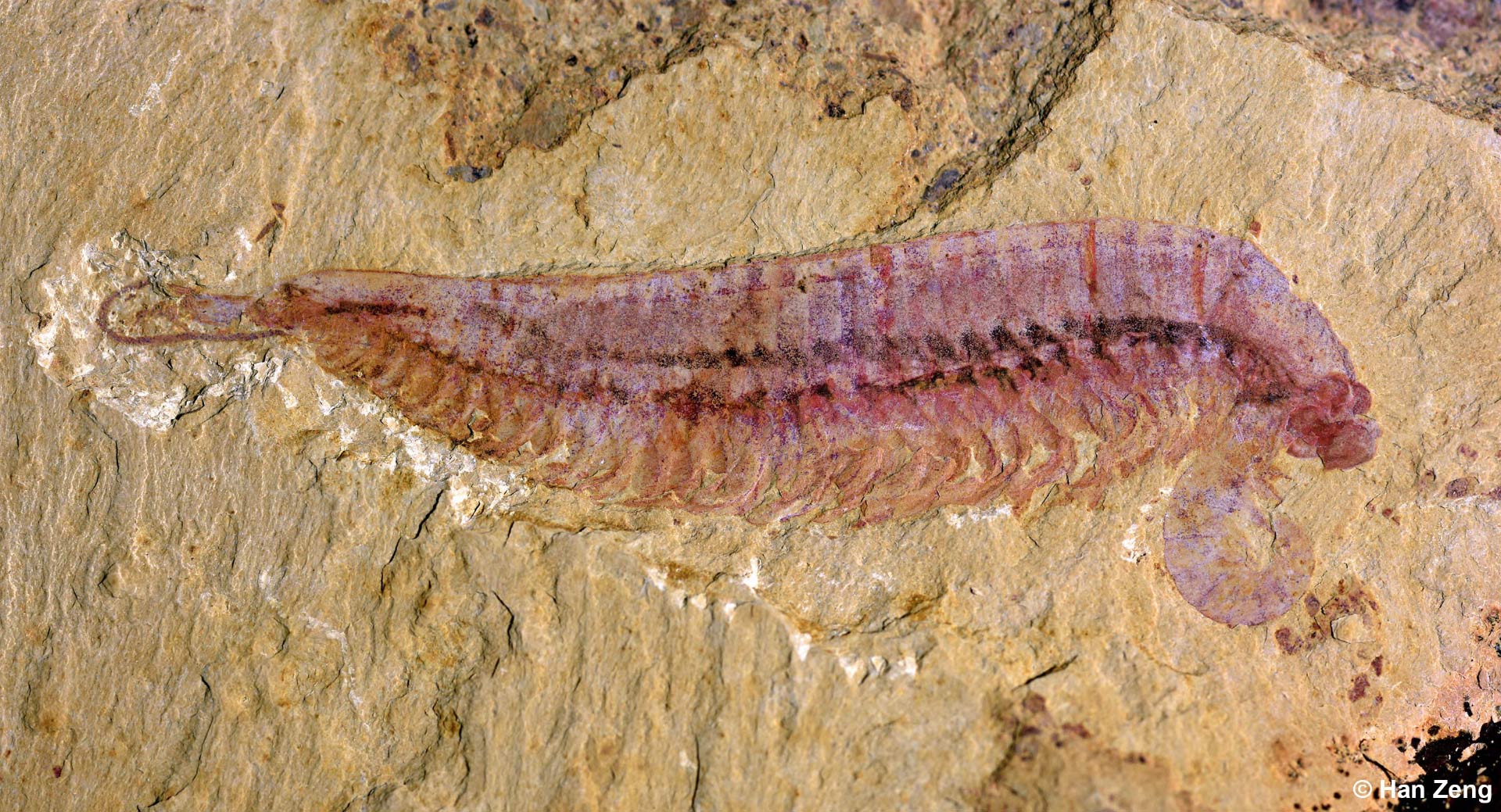
Using the best preserved specimens of K zhangi researchers at Leicester University in the UK carried out a CT scan of the fossils to better visualize it’s anatomy. One of the surprises they discovered was that the head of K zhangi was composed of a fusion of six segments, the same number as in modern insects. While it is too early to suggest any definite relationship between K zhangi and insects the fact shows how the basic building blocks of Arthropods were being experimented with, leading to the immense diversity we see today.
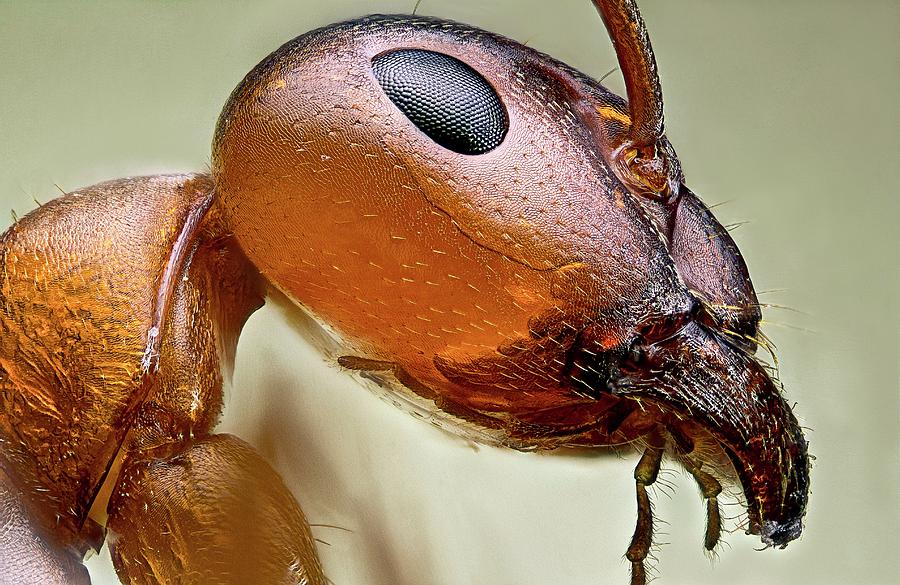
Speaking of insects some of the best known and most valuable of the six-legged creatures are the bees. Everyone knows, or should know that bees not only produce honey but also pollinate a wide variety of the plants that we grow to eat. Much of our agricultural industry is dependent on pollination by bees with honey just a special side bonus.
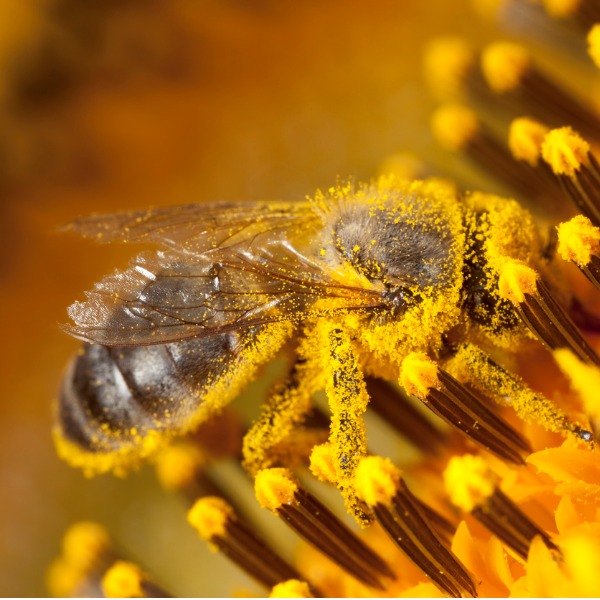
Since bees are so important it’s understandable that paleontologists would like to understand their evolution, where and under what conditions they first appeared. For such a widespread group of small animals trying to gather enough data to see the big picture has been difficult however.

Now a new study from researchers at Washington State University have combined data, including DNA studies, of modern bees with fossil evidence to generate a geneological map of bee evolution. According to the study bees first evolved from their cousins the wasps around 120 million years ago on the ancient super-continent of Gondwana, which has since broken up into Africa, South America and Antarctica. What appears to have caused the predatory wasps to become peaceful gatherers of pollen and nectar was the evolution of the first flowering plants. In fact the study seems to argue for a kind of co-evolution back and forth between flowering plants and bees.
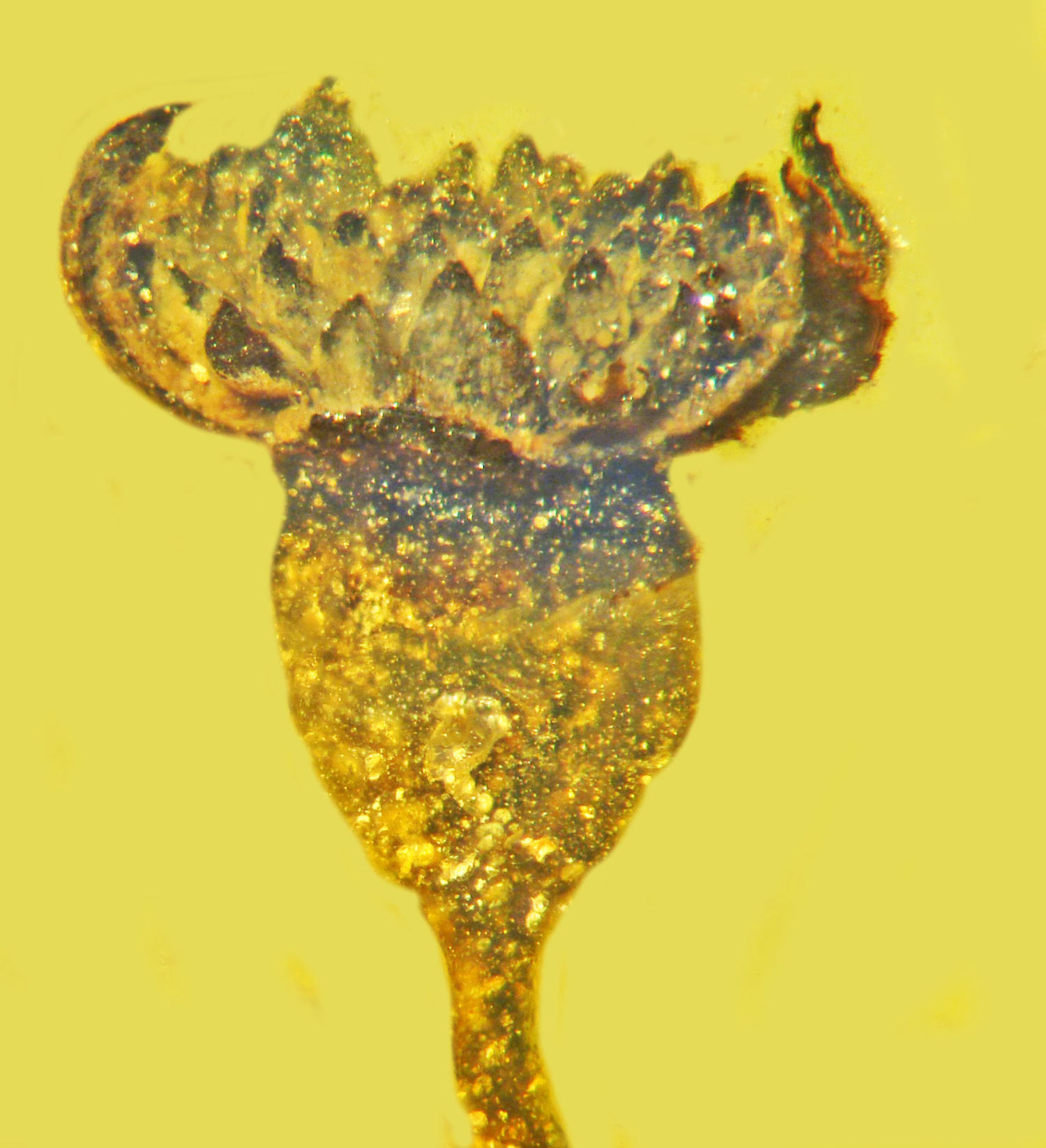
Published in the journal Current Biology the team analyzed the DNA from over 200 species of bees living today while comparing their anatomical characteristics with those of 185 fossil bee specimens. Based on this data the researchers developed a genomic map of bee evolution and distribution from the early Cretaceous period to today. One surprising fact the team discovered was that all seven bee families developed before the end of the Cretaceous, in other words the bees appear to have survived the extinction of the dinosaurs rather well!

The question now is whether or not bees can survive the extinction event going on right now thanks to human destruction of the environment. Many species of bees are in danger of extinction because of global warming, pollution and invasive species like the killer hornet that prey on bees. Hopefully studies like the Washington State University’s will help us to protect these busy little creatures, rather than making them one more victim of our ignorance and greed.
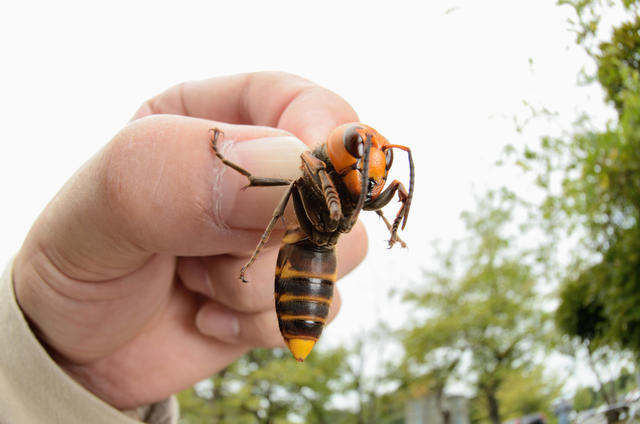
Finally today I’d like to stay in the Cretaceous period to discuss a little known group of dinosaurs called the Rhabdodontidae. The Rhabdodontidae consist of nine species, all of which seen to have been confined to the continent of Europe and the period 86 to 66 million years ago. Europe at that time consisted of an Archipelago of large and small islands and the Rhabdodontidae seem to have suffered from the phenomenon of ‘island dwarfism’ because as a group they were rather small dinosaurs at 2-6 meters in length. Plant eaters like the Hadrosaurs the Rhabdodontidae had a similar body shape but the head was quite different because instead of the familiar ‘duck bill’ of the Hadrosaurs the Rhabdodontidae had a pointy beak covered in keratin.
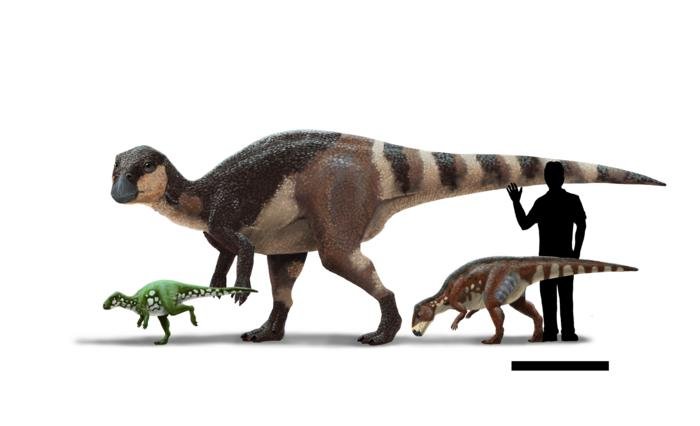
Although the first named species of the Rhabdodontidae was discovered more than 150 years ago there is still a lot about them that paleontologists don’t know such as their posture, mode of walking and eating. In fact no complete fossil specimen of a Rhabdodontidae has ever been found so most of our knowledge of them comes from putting the pieces together like in a jigsaw. Ever since the late 19th century Europe’s dinosaurs have taken back seat in recognition to the iconic dinosaurs of North America like the T rex or Triceratops. Perhaps it’s time for European paleontologists to do a little more digging in their own backyard and find that complete Rhabdodontidae.
